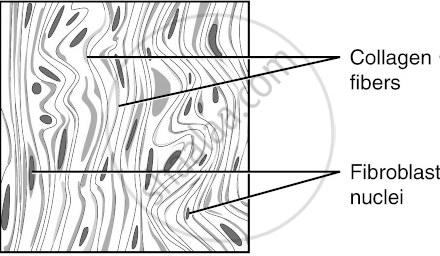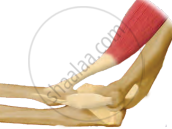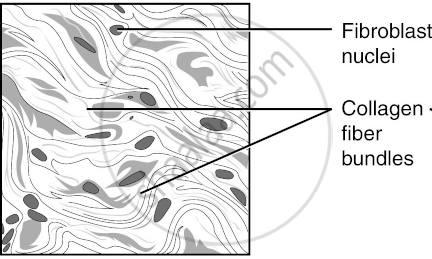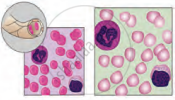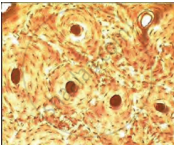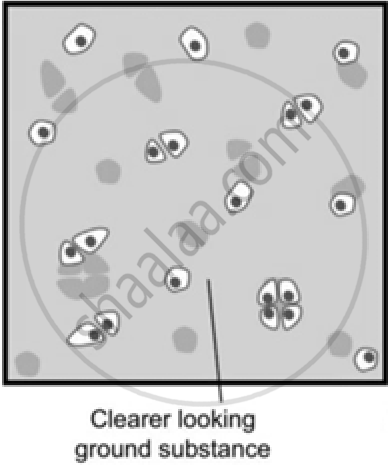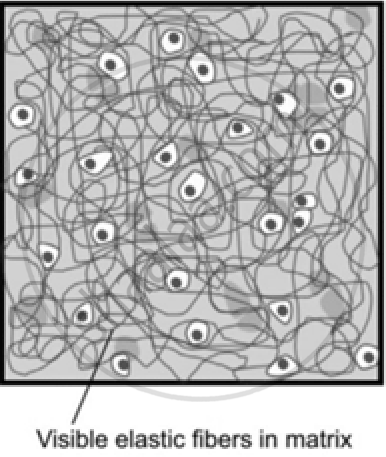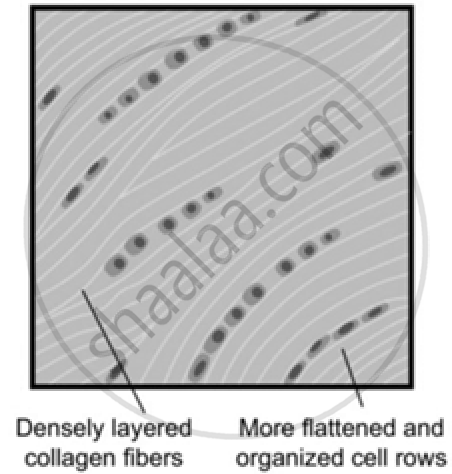Connective tissues are a type of tissue that join, support, and link different parts of the body. These tissues are characterised by cells that are loosely arranged within a ground substance, which can be solid, liquid, or jelly-like. Connective tissues are the most abundant and widely distributed tissues in animals. Apart from blood cells, all connective tissues secrete structural proteins like collagen and elastin, which provide support, flexibility, and elasticity. Their primary role is to connect and support other tissues and organs in the body.
Connective tissues are classified into three main types:
- Loose Connective Tissue
- Dense Connective Tissue
- Specialized Connective Tissue


